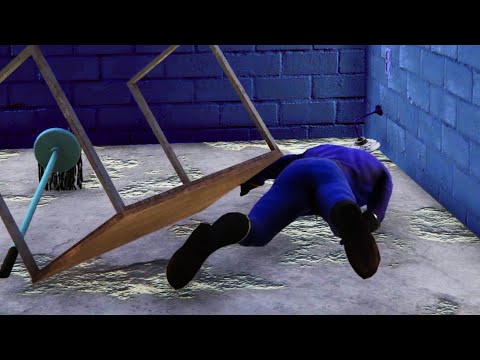How Volcanoes Froze the Earth (Twice)

Over 600 million years ago, sheets of ice coated our planet on both land and sea. How did this happen?
And most importantly for us, why did the planet eventually thaw again? The evidence for Snowball Earth is written on every continent today.
How do these events remind us of the need to understand and prevent potential consequences of future volcanic eruptions and human activities on the environment?
Volcanic eruptions have always been a subject of fascination and research for the scientific community. Over the course of history, there have been two significant periods where volcanic activity played a crucial role in freezing the earth. These two events led to global cooling, causing widespread climatic changes and mass extinctions.
The first event took place in the Late Ordovician period, around 440 million years ago. The earth was a much different place back then, with no trees, no land-based animals, and no ice caps. The continents were also joined together in a single supercontinent known as Gondwana. During this time, a massive volcanic eruption occurred in what is now known as the region of South America.
The eruption was extraordinary, with lava flows that covered an area almost three times the size of the United Kingdom. The sudden release of gases such as carbon dioxide and sulfur dioxide led to a rapid increase in the earth’s temperature. However, as the lava solidified, it also absorbed atmospheric carbon dioxide, leading to a significant cooling effect. The result was a sudden drop in temperature, which caused widespread glaciation, marking the beginning of the Ordovician Ice Age.
The second event took place much more recently, around 70,000 years ago. The Toba Supervolcano in Indonesia erupted and released around 2,800 cubic kilometers of ash and lava, making it one of the largest volcanic events in human history. The eruption released vast amounts of gases, including carbon dioxide and sulfur dioxide into the atmosphere.
The release of these gases led to a significant cooling effect, reducing global temperatures by as much as 10°C. The cooling caused a dormant ice age to return, with glaciers once again covering large parts of the earth. The Toba eruption is believed to have had a significant impact on human evolution, with some scientists suggesting that the resulting volcanic winter may have caused a near-extinction event for our species.
The impact of volcanic eruptions on the earth’s climate is a reminder of the importance of studying our planet’s geological history. These events serve as reminders of the need to understand the potential effects of human activities on the earth’s environment. The sudden cooling caused by volcanic eruptions can be catastrophic, and we must take steps to prevent similar events in the future.
In conclusion, volcanic activity has had a profound impact on the earth’s climate, causing widespread cooling and mass extinctions in the past. The frozen earth, twice caused by volcanic eruptions, serves as a reminder of the potential consequences of future volcanic eruptions and the importance of our actions in preserving the earth’s environment. It also proves the significance of studying the history of the earth to better understand and protect our planet.









I Tried to Prank My Dog!
20 Things You Didn’t Know About Melania Trump
Strange Things About Dove Cameron’s Relationship
10 Most Awesome And Hilarious Face Swaps Ever
The Ending Of A Star Is Born Explained